Research conducted in 2021 found that candidates applying for jobs in the hospitality industry with last names suggesting that they are people of colour, are less likely to be contacted by employers than applicants with distinctly white names. Unfortunately, this research translates across all different industries and workplaces. Systemic discrimination during the employee recruitment process is still prevalent.
But why does this happen? Does race and ethnicity really have an effect on workplace performance or are hiring managers giving in to stereotypes and making unfair assumptions?
Let’s have a look at the underlying cause: unconscious bias.
What is Unconscious Bias?
Everyone has biases that they use as mental shortcuts to make decisions more quickly. However, it has the potential to reinforce certain stereotypes, whether they be positive or negative.
Unconscious bias in recruitment refers to the act of forming an opinion about candidates based on learned assumptions, beliefs, or attitudes about social groups that we aren’t necessarily aware of. It can be based on a variety of features such as age, gender identity, sexual orientation, and weight.
5 Main Types of Unconscious Bias
There are 5 main types of unconscious bias that are prevalent in workplace recruitment. These include gender bias, ageism, name bias, beauty bias, and affinity bias.
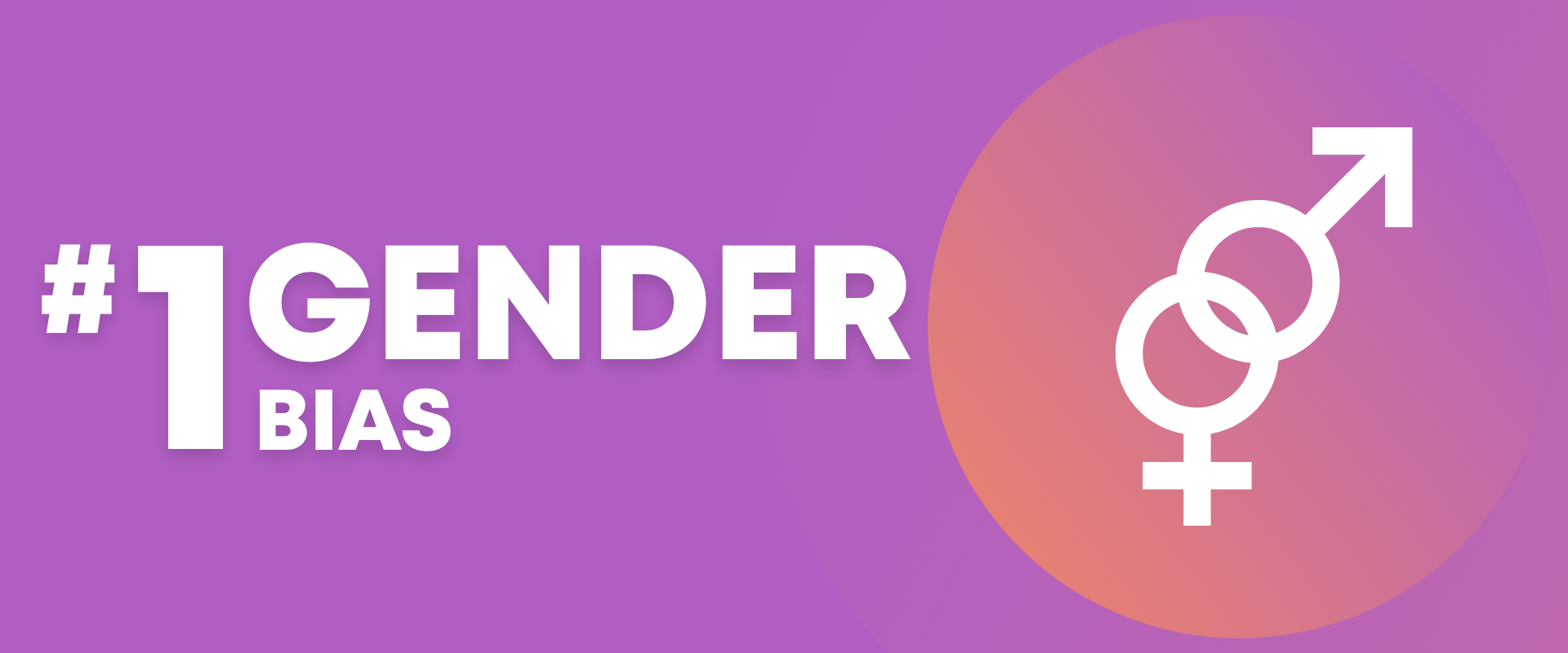
Gender bias, which is also referred to as sexism, is the act of favouring one gender over another. It occurs when a hiring manager unconsciously associates certain stereotypes with different genders. For example, in the case of hiring for a position that requires strong analytical thinking and leadership skills, a recruiter may instinctively prefer a male candidate as they believe that those characteristics are more typical among men than women. However, this is unfair as the women who have applied may be as equally suitable for the position.

Ageism refers to discrimination based on how old a candidate is. As this often targets older workers, companies may risk losing valuable knowledge, experience, and skills that those employees may bring.
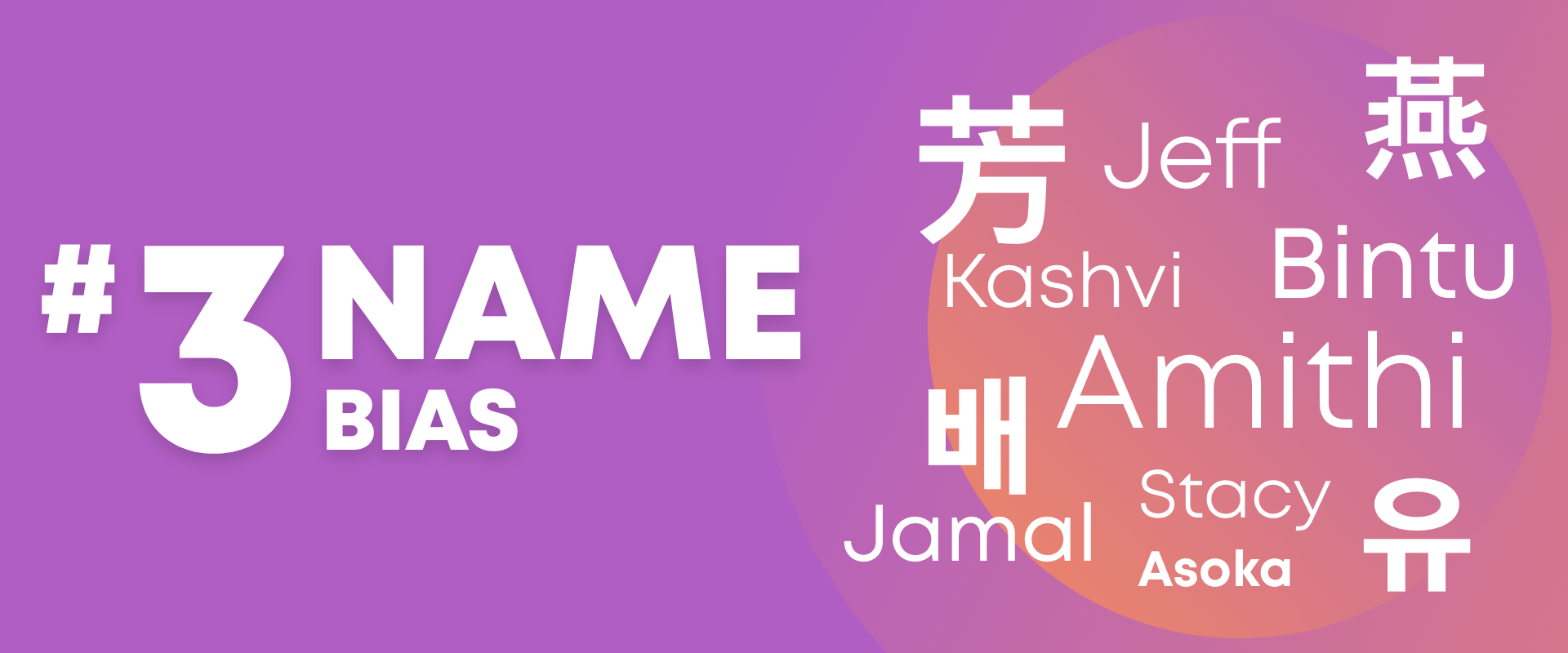
Name bias is the tendency of recruiters to prefer certain names over others and to use this as a basis for assuming candidates’ ethnicities and backgrounds.
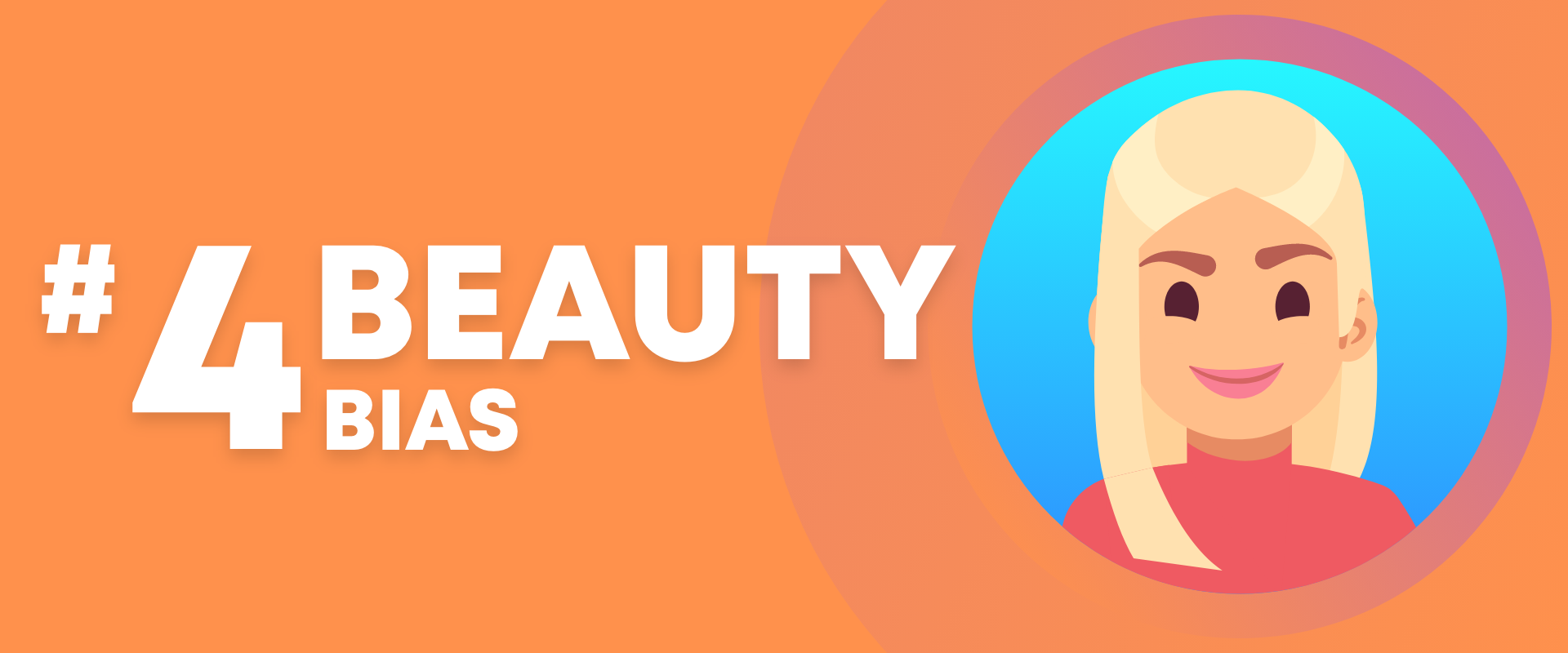
Beauty bias, which is also referred to as lookism, is the favourable treatment and positive stereotyping of candidates who are considered more attractive. It is essentially discrimination based on one’s physical appearance. This also includes having preferences and biases about weight and skin complexion.
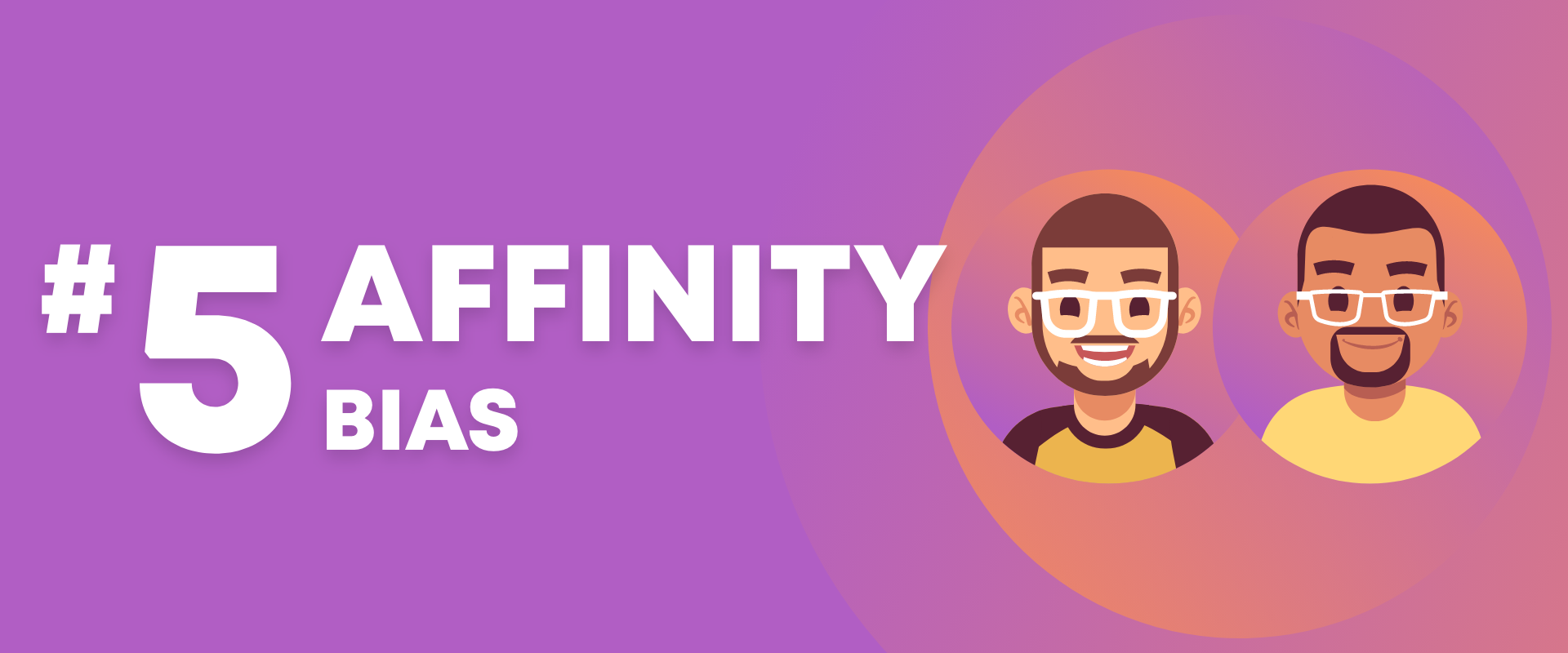
Affinity bias, more commonly known as similarity bias, refers to the act of forming more positive impressions about candidates who share similar interests, backgrounds, and experiences. This is often overlooked as we all tend to feel more comfortable with people who are like us.
Why is it important to be aware of this?
Unconscious bias has many consequences. In terms of hiring decisions, it can result in poor-decision making and discrimination. It not only inhibits equal opportunities, but it may also lead to skewed judgements and the reinforcement of stereotypes. However, it is also important to note that it does not only affect job applicants. Poor candidate selection based on these biases can lead to lower productivity rates, limited innovation, and ultimately decreased company revenue and performance.
Nevertheless, understanding and being aware of your unconscious biases can help you actively take steps to minimise these negative effects. By reconstructing interview questions, staying open-minded, and encouraging team-wide collaboration, you can achieve a more diverse and inclusive workplace.
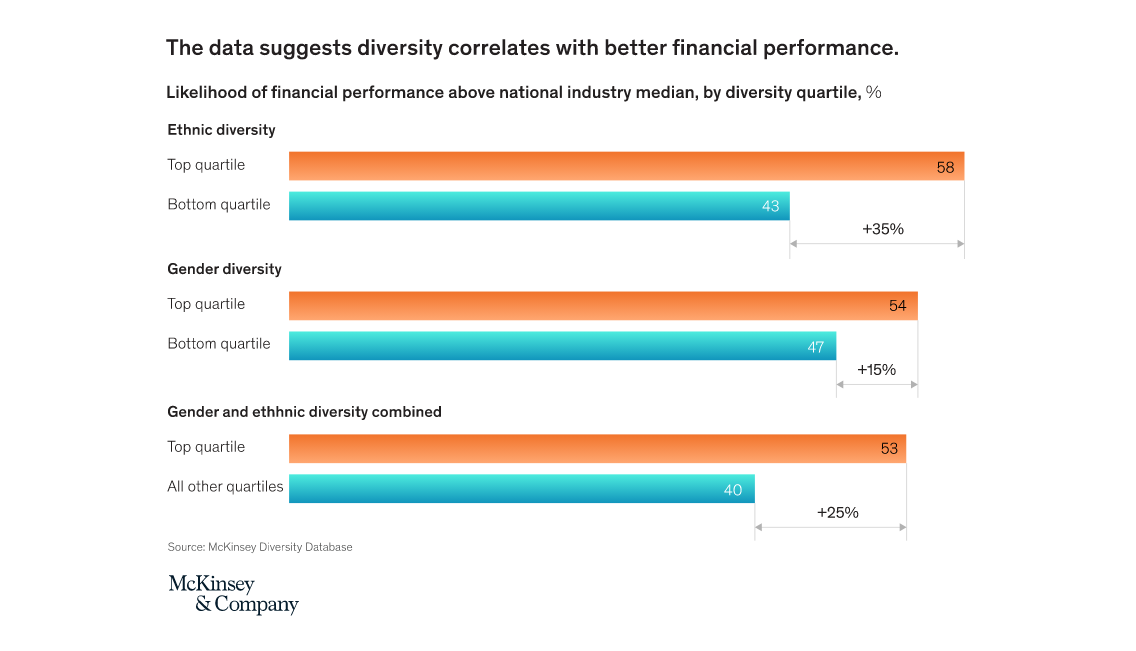
Source: McKinsey Diversity Database
Research from 2015 has shown that companies with high gender, racial, and ethnic diversity are more likely to achieve above-average financial returns. It was concluded that when companies assume diverse leadership strategies, they are more effectively able to draw in highly skilled workers and improve their customer orientation, employee satisfaction, and decision making. In other words, it may be valuable to account for these strategies as they all contribute to success.
Benefits of a Diverse Workplace
It is important to tackle unconscious bias and enforce a diverse workplace for a few reasons. Most importantly, ensuring a diverse workplace by minimising any unfair favoritism in selecting employees, helps an organisation attract diverse talent, encourage creativity and innovation, improve employment engagement, and increase productivity and company revenue. Let’s dive into each one more closely.
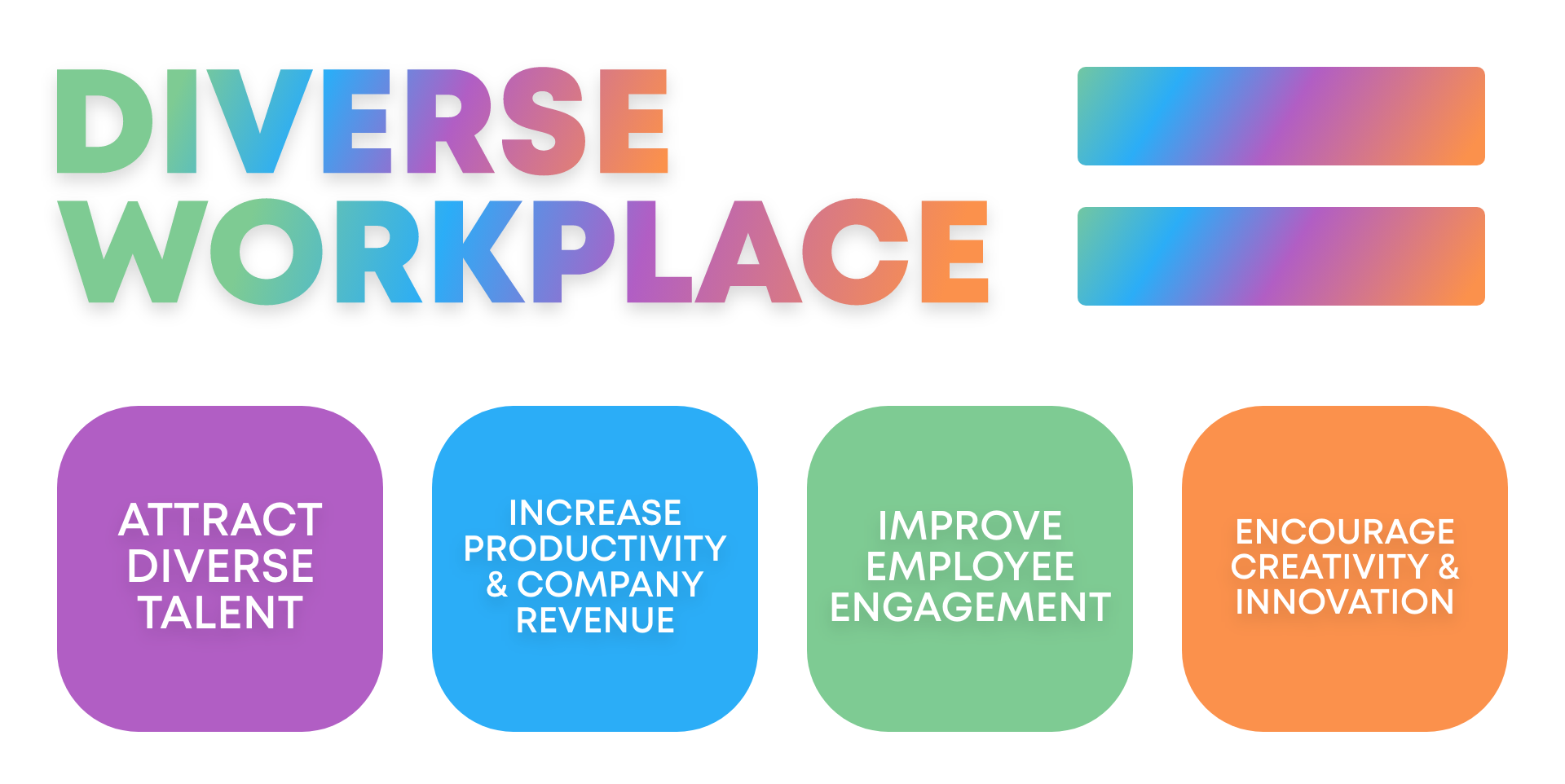
Attract diverse Talent
Through the use of inclusive hiring practices and recruitment strategies, companies are able to reach out and draw in a wider talent pool. Diversity in areas such as age, sexual orientation, and experience are likely to bring some level of competitive advantage to organisations. For example, whether it be a global mindset or cultural fluency, this often fuels success by enabling wider perspectives, communication, and opening doors for new opportunities.
Encourage Creativity and Innovation
Ensuring a diverse team by tackling unconscious biases can help bring a variety of new and innovative ideas to the table. It allows for a greater number of perspectives to be discussed within work units which can lead to the curation of more creative and unique ideas.
Improve Employee Engagement
Based on research conducted by Deloitte, employee engagement is an outcome of diversity and inclusion. This is important for businesses in the long term as higher employee engagement often leads to greater job satisfaction and lower turnover rates.
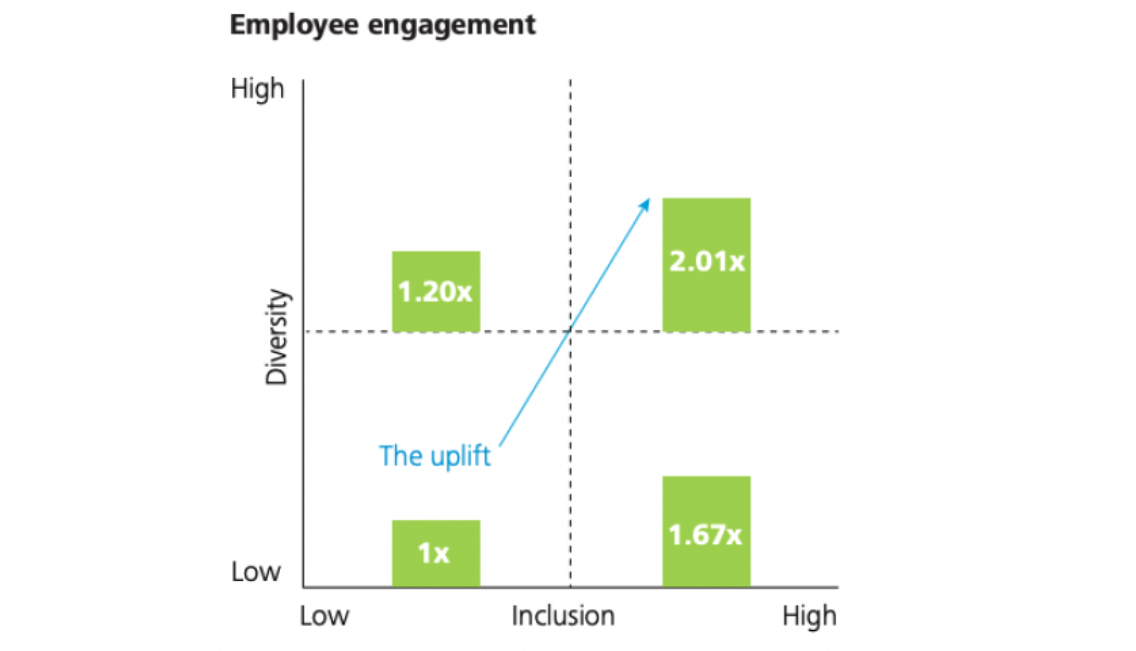
Source: Deloitte Australia Research Report
Increase Productivity and Company Revenue
Most of the time, teams with greater diversity are able to make more fair and efficient business decisions which can help improve performance and revenue. With solid problem-solving and decision-making skills, companies can gain a competitive advantage and above-average profitability.
Tackling Unconscious Bias
Although we mentioned that the first step to tackling this unconscious bias is to recognise and understand it, here are some further steps that we can take to avoid each specific type in recruitment.
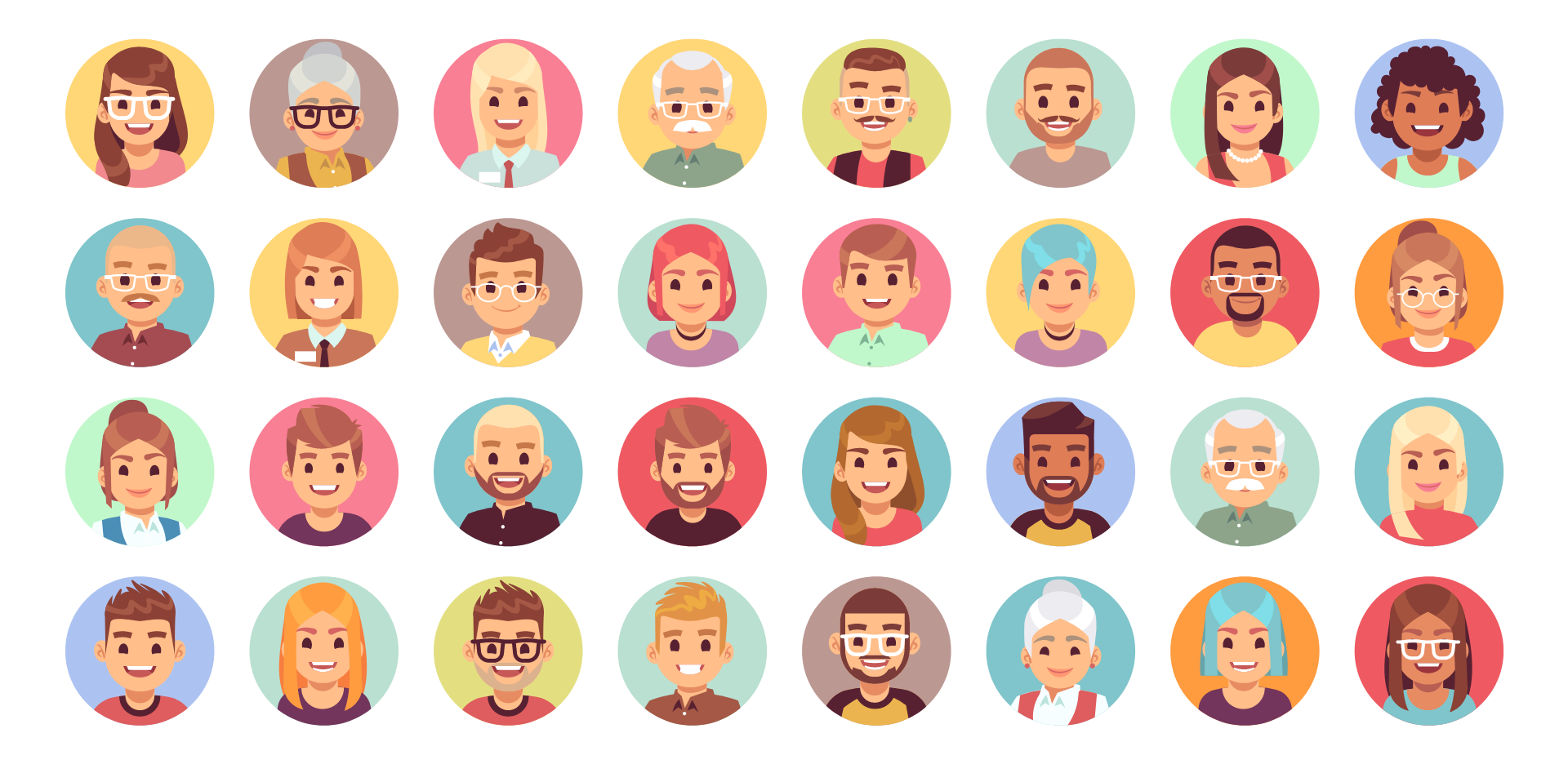
Gender Bias
Set gender-neutral recruitment standards by defining the ideal candidate profile ahead of time. Ensure this includes skills and experience required for the position and evaluate all candidates against those standards only.
Ageism
Same goes for ageism. Evaluate applicants against your pre-determined standards to avoid any assumptions based on age.
Name Bias
Omit the names of candidates when screening by using software to block out applicants’ names on resumes. Alternatively, you can designate a team member to remove this personal information manually prior to passing it along to the hiring team.
Beauty Bias
When screening for a position, disregard any pictures of applicants on resumes to more accurately focus on their qualifications and skills. You could also consider conducting a short screening via phone before scheduling an interview to get to know the applicant better without being influenced by their appearance.
Affinity Bias
To reduce the effects of similarity bias, it may be useful to consider creating a diverse hiring panel by ensuring that there are two or more employees conducting the interviews. This will help differentiate personal opinions from agreed upon facts and make the selection process more fair.
Final Thoughts
Unconscious bias exists whether we like it or not. However, let’s keep in mind that there are always things we can do to minimise it and ultimately help our businesses thrive. Everyone is different and a resume only presents a piece of the picture. We must avoid making assumptions and acting on our unconscious biases to ensure that we are choosing the right candidates based on information that really matters.

